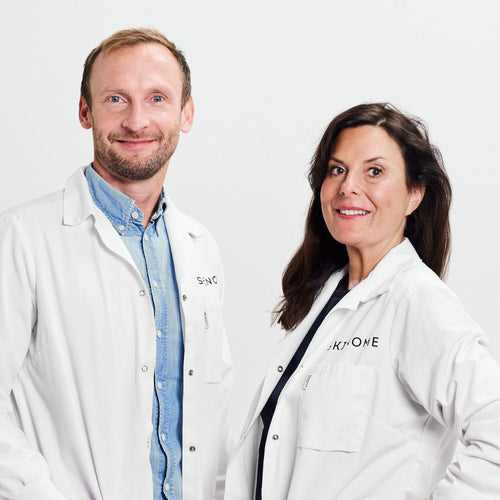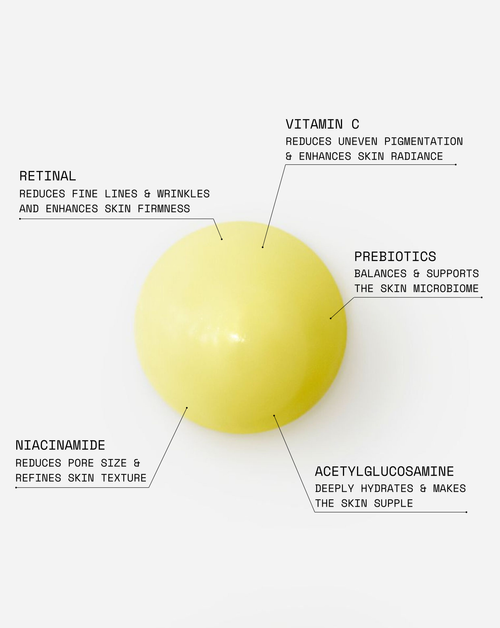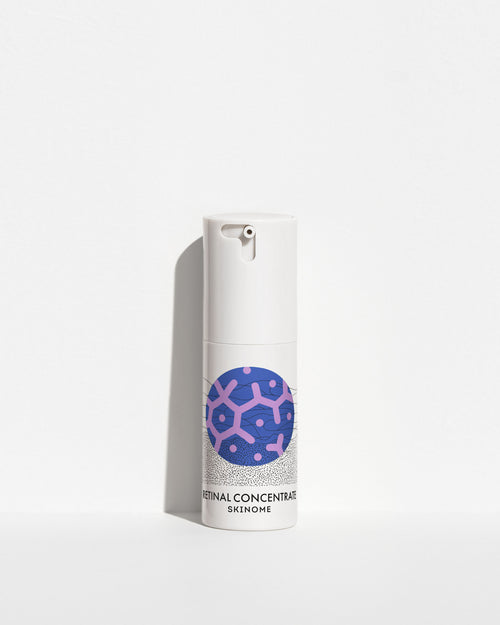References
Santoro, N., & Epperson, CN (2013). Premenstrual syndrome and premenstrual dysphoric disorder in perimenopausal women. Menopause, 20(2), 185-193. https://doi.org/10.1097/gme.0b013e318268f856
Sherman, S., & Miller, H. (2014). Understanding the Perimenopause: The Natural Transition to Menopause. Obstetrics & Gynecology Clinics of North America, 41(3), 379-390. https://doi.org/10.1016/j.ogc 2014.05.001
Thornton, MJ (2013). Estrogens and aging skin. Dermatoendocrinology, 5(2), 264-270. https://doi.org/10.4161/derm.23872
Freeman, EW, Sammel, MD, Lin, H., & Gracia, CR (2004). The role of anxiety and hormonal changes in perimenopausal depression. Menopause, 11(3), 286-294. https://doi.org/10.1097/01.GME.0000094347.83368.E5
Im, EO, & Meleis, AI (2001). Women's experience of menopausal transition: An online forum study. Journal of Advanced Nursing, 36(4), 543-553. https://doi.org/10.1046/j.1365-2648.2001.02001.x
Obermeyer, C. M. (2000). Menopause across cultures: A review of the evidence. Menopause, 7(3), 184-192. https://doi.org/10.1097/000 2192-200007030-00005
Ghadially R, Brown BE, Sequeira-Martin SM, Feingold KR, Elias PM. The aged epidermal permeability barrier. Structural, functional, and lipid biochemical abnormalities in humans and a senescent murine model. J Clin Invest. 1995;95(5):2281-2290. doi: 10.1172/JCI117919.
Gilhar A, Ullmann Y, Karry R, Shalaginov R, Assy B, Serafimovich S, Kalish RS. Aging of human epidermis: reversal of aging changes correlates with reversal of keratinocyte phase expression and apoptosis. J Gerontol A Biol Sci Med Sci. 2004;59(5):411-415. doi: 10.1093/gerona/59.5.B411.
Rogers J, Harding C, Mayo A, Banks J, Rawlings A. Stratum corneum lipids: the effect of aging and the seasons. Arch Dermatol Res. 1996;288(12):765-770. doi: 10.1007/BF02505294.
Akimoto K, Yoshikawa N, Higaki Y, Kawashima M, Imokawa G. Quantitative analysis of stratum corneum lipids in xerosis and asteatotic eczema. J Dermatol. 1993;20(1):1-6. doi: 10.1111/j.1346 8138.1993.tb03820.x.
























